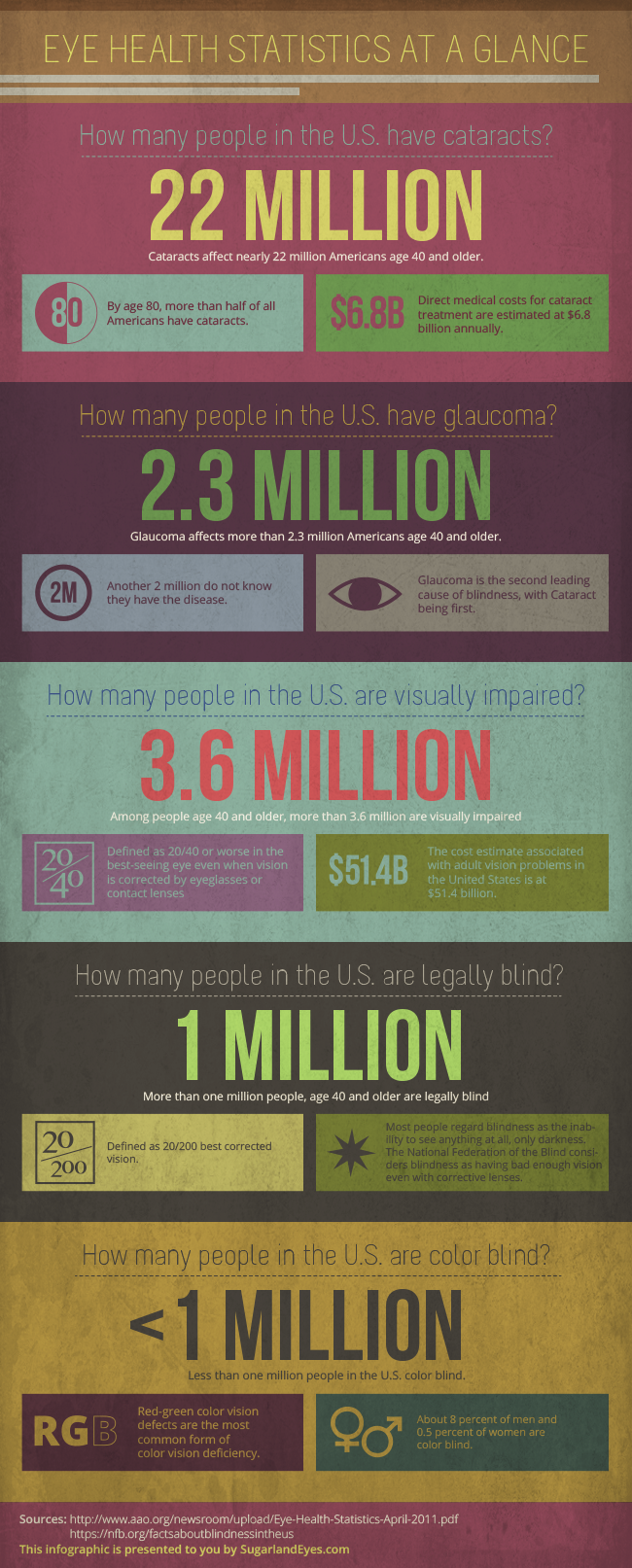Uveitis is inflammation of the uvea, the middle layer of the eye. The uvea consists of three parts. The front layer is the iris, the colored ring surrounding the pupil; the ciliary body is a circular band of muscle that connects the iris and the choroid and sits immediately behind the iris; the choroid is the vascular layer between the retina and the sclera, the whites of the eye. Uveitis is completely curable with medications or surgery. However, it is a very serious condition and early diagnosis and treatment is crucial in preventing permanent damage. The different types of uveitis are classified based on which parts of the uvea are affected: Anterior uveitis or iritis affects the iris; intermediate uveitis or cyclitis affects the ciliary body; posterior uveitis or choroiditis affects the choroid; panuveitis affects all three parts of the uvea.
Uveitis is caused by the effects of many autoimmune disorders as well as a variety of infections. Symptoms include pain, light sensitivity, redness, blurred or cloudy vision and floaters. If you suspect you have uveitis, go to your ophthalmologist immediately.
For more detailed info click here

